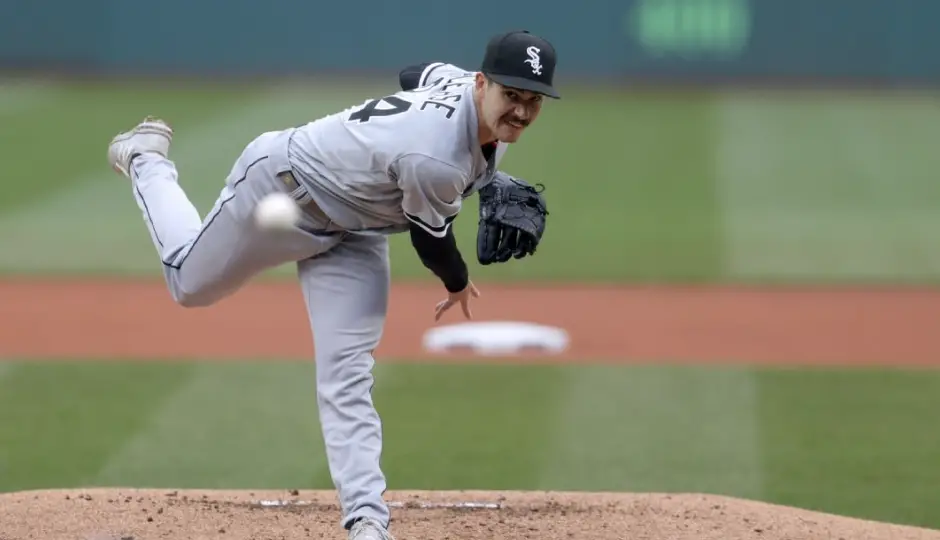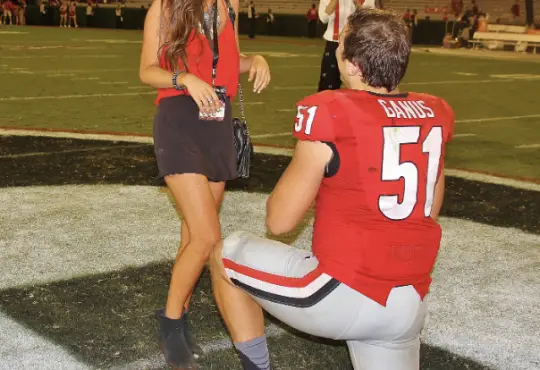
Striking Perfection and Dominance: A Look at the Difference Between a Perfect Game and a No-Hitter in Baseball
In the world of baseball, achieving a perfect game or a no-hitter is a monumental feat that sends ripples of excitement through fans and players alike. These extraordinary pitching accomplishments stand as testaments to a pitcher’s skill, focus, and determination on the mound. While both terms evoke images of dominance, they represent distinct achievements with unique characteristics. In this blog post, we’ll delve into the difference between a perfect game and a no-hitter, shedding light on the intricacies that set these remarkable achievements apart.
The Perfect Game: A perfect game is the pinnacle of pitching excellence. It occurs when a pitcher faces the minimum 27 batters over nine innings and does not allow a single opposing player to reach base. In a perfect game, every batter is retired in order, with no hits, walks, hit-by-pitches, or errors. A perfect game is the epitome of pitching precision and control, representing a flawless outing that leaves no room for mistakes or lapses in concentration.
Key Features of a Perfect Game:
- 27 Batters Faced: A perfect game requires the pitcher to retire all 27 batters in succession, without any opposing player reaching base.
- No Hits, Walks, or Errors: A perfect game is characterized by a clean box score, with no hits, walks, or errors attributed to the opposing team.
- Perfection on the Mound: The pitcher must consistently execute pitches and outmaneuver opposing hitters to achieve a perfect game.
The No-Hitter: A no-hitter is another remarkable pitching achievement, albeit slightly different from a perfect game. A no-hitter occurs when a pitcher prevents the opposing team from recording a hit over the course of a complete game or an official shortened game (usually five or more innings). While a no-hitter signifies pitching dominance and control, it does allow for walks, hit-by-pitches, or errors, as long as no hits are conceded.
Key Features of a No-Hitter:
- No Hits Allowed: The primary characteristic of a no-hitter is the absence of hits recorded by the opposing team’s batters.
- Other Baserunners Permitted: Unlike a perfect game, a no-hitter may still involve walks, hit-by-pitches, or errors, as long as no hits are conceded.
- Pitching Dominance: A no-hitter showcases a pitcher’s ability to limit opposing batters’ contact and maintain control over the game.
In Summary: While both a perfect game and a no-hitter are remarkable pitching achievements, the key distinction lies in the criteria for achieving them. A perfect game requires retiring every batter in order without allowing any baserunners, while a no-hitter focuses solely on preventing hits. Both feats represent the pinnacle of pitching mastery, serving as a testament to the pitcher’s skill, strategy, and composure on the mound.
Conclusion: The world of baseball is rich with moments of triumph and awe-inspiring performances, and a perfect game or a no-hitter stands as a shining example of a pitcher’s ability to command the game and leave an indelible mark on history. Whether it’s the precision of a perfect game or the dominance of a no-hitter, these achievements remind us of the unparalleled beauty and drama that make baseball one of the most captivating and cherished sports in the world. So, the next time you witness a pitcher’s masterpiece unfold, you’ll have a deeper appreciation for the difference between a perfect game and a no-hitter, celebrating the brilliance of the mound and the magic it brings to the diamond.






